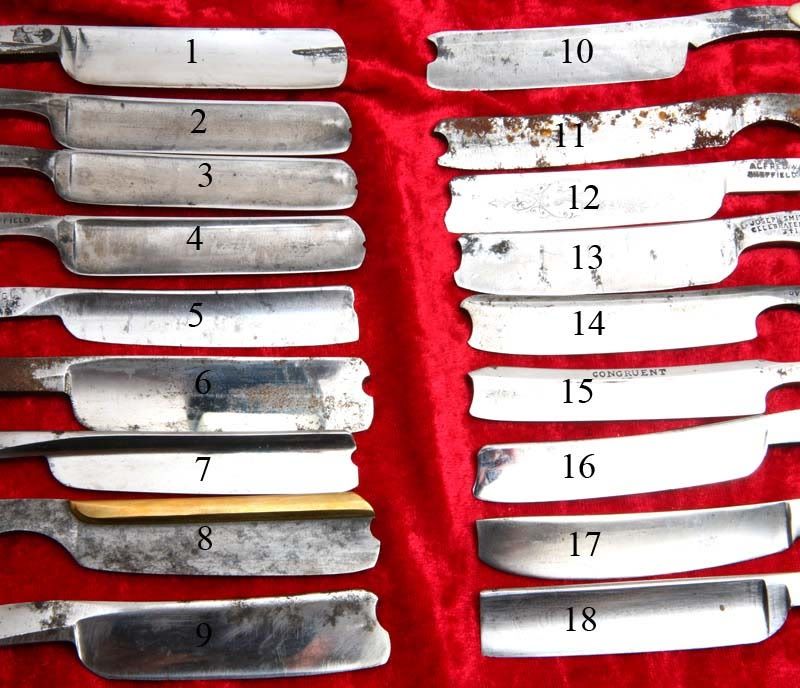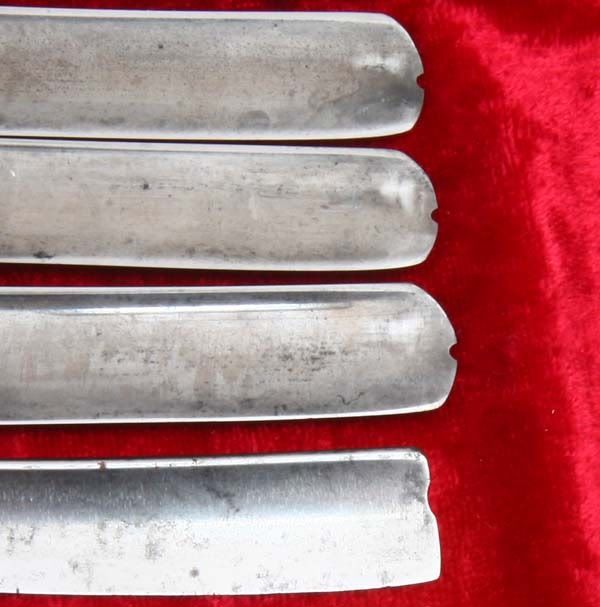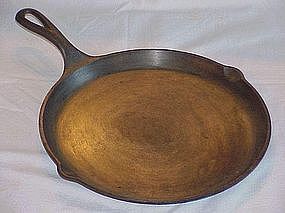Results 21 to 30 of 80
-
09-02-2011, 12:58 PM #21
-
The Following User Says Thank You to hoglahoo For This Useful Post:
BigJim (09-02-2011)
-
09-03-2011, 04:19 AM #22

Don't forget the panish point...
-
09-03-2011, 04:30 AM #23
-
09-03-2011, 06:39 AM #24

I just like the look of those raw and purposeful looking notches even though they may not serve any purposeful function. Those round points appear to have no purposeful function and look more like a butter knife, now how about we take that soft butter knife look and straighten (excuse the pun) her up and then carve out a hollow, now it really looks like something purposeful!
Perhaps this thinking applied over 100 years ago after downing some Victorian gin.
-
09-03-2011, 06:55 AM #25Senior Member

- Join Date
- May 2011
- Location
- Cowra, New South Wales, Australia
- Posts
- 579
Thanked: 46
-
09-03-2011, 02:40 PM #26

Love it. Fry up some eggs and sausage, and you can use it to shave, and then serve breakfast!
Specific wars I don't remember mentioned. I'd expect it to be something more along the lines of the Napoleonic Wars to the time of the U.S. Civil War to allow personal modifications time to be recognized and incorporated by producers. I don't know when the notch points first started showing up though, so it's just another guess.
Peace,
Jim
-
09-03-2011, 03:35 PM #27

I think they're good for cutting nostril and ear hair, which a barber would be called on to do.
I love the smell of shaving cream in the morning!
-
09-04-2011, 02:16 PM #28Senior Member



- Join Date
- Apr 2008
- Location
- Essex, UK
- Posts
- 3,816
Thanked: 3164
Here are some razors which show a sort of progression of hollow points, from round tip with no hollow to full hollow, to square with no hollow.

They are:
1: Wostenholm
2, 3, & 4: Joseph Rodgers
5: Howe
6: Joseph Rodgers
7: E A Berg
8. Fontenille
9. unknown maker, early, marked "silver steel"
10: Harrison Bros & Howson
11: unknown, french made
12: Alfred Williams
13: Joseph Smith
14: unknown maker, early, marked "improved silver steel"
15: James Bingham "Congruent"
16: Simpson
17: unknown maker, early
18: Wostenholm
The Joseph Rodgers nos. 2, 3 and 4 show a vestigial hollow/notch, useless for detail work like going around nostrils, ears, etc, and as each notch sits well below the top of the scales, useless for opening, too - it must have been just a design feature in this case.

Most of the early (pre and post 1800) razors I have seen have a smiling profile and a full hollow point. If you beat a bar of metal to a progressively thinner section on one edge you get this shape naturally, like some types of axe-heads. It seems that the notches and round tips followed from this early shape.
Regards,
Neil
-
-
09-04-2011, 05:30 PM #29

AMEN! Form preceeded function. If this notch was so necessary to good grooming, why wasn't it incorporated into every razor? Today's barbers who are restricted by law to get by with non-hollow pointed shavettes still seem to perform the same close shaves around moustaches and nostrils without the aid of a notch or any fancy one-handed flip to open their psuedo-razors.
Regards - Walt
-
09-04-2011, 05:43 PM #30

Neil, I need you to send those razors to me so I can see how they work above my mustache and report back with the results.

Kidding aside, the first thought when I saw the early ones with a very slight notch was that the purpose may have been to hold that end of the blade in a jig/fixture to facilitate working on it. As time went on it evolved from there. Just another thought to throw out there.Be careful how you treat people on your way up, you may meet them again on your way back down.


 91Likes
91Likes LinkBack URL
LinkBack URL About LinkBacks
About LinkBacks









 Reply With Quote
Reply With Quote




